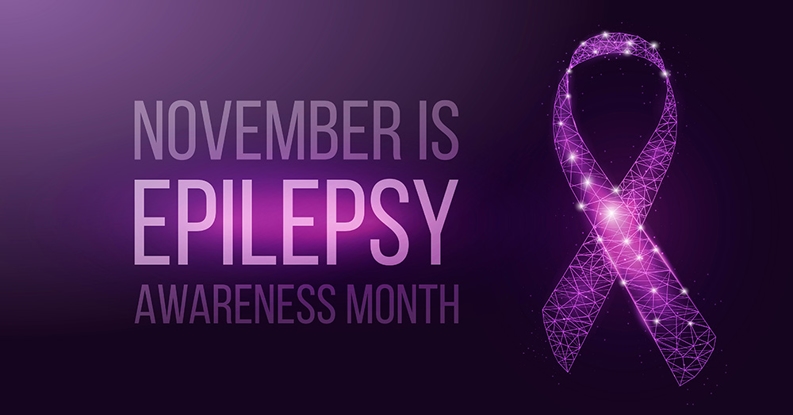15 “Healthy” Foods That May Be Sabotaging Your Wellness Goals
- Category: Southwest General Medical Group, Women's Health, General Health, Family Medicine, Endocrinology, Diabetes & Metabolism, Men's Health, Diet
- Posted On:

Granola for breakfast, whole-grain bread for lunch, sparkling water instead of soda—you’re making smart moves, right? Maybe. Some everyday staples that look wholesome are actually loaded with added sugar, sodium or ultra-processed ingredients. That doesn’t mean you need to cut them out entirely—but knowing what’s really inside can help you make smarter, more satisfying choices. So before your next grocery run, here are 15 foods that may not be as healthy as they seem—and what to reach for instead.
1. Granola
It looks “earthy,” crunchy and wholesome; however, granola often is loaded with sugar. Many store-bought versions contain as much sugar per serving as a candy bar, and the calorie count climbs fast with oils, dried fruit and added sweeteners.
Better bet: Try making your own at home with oats, nuts, a drizzle of honey and a dash of cinnamon.
2. Flavored yogurt
Yogurt sounds healthy—and plain, unsweetened varieties can be—but many flavored yogurts (even the ones marketed as “low fat” or “fruit on the bottom”) are packed with added sugars. Some have more sugar than a donut!
Better bet: Go for plain Greek yogurt and add your own fresh fruit or a drizzle of maple syrup.
3. Instant oatmeal packets
Oatmeal is great for your heart; however, not all oats are created equal. Those single-serve flavored packets often come with a heavy dose of sugar and sodium, plus fewer nutrients than steel-cut or old-fashioned oats.
Better bet: Make your own oatmeal, and flavor it naturally with cinnamon, fresh fruit or a touch of honey.
4. Veggie chips
Don’t let the name fool you—most veggie chips are just fried potato starch with a sprinkle of vegetable powder. They’re often no healthier than regular chips and won’t boost your veggie intake.
Better bet: Look for baked versions made with whole vegetables, or try roasting your own veggie slices at home.
5. Frozen diet meals
Marketed as low-calorie and “portion controlled,” many of these meals are highly processed and sky-high in sodium. Plus, they often lack enough protein, fiber or healthy fat to keep you full.
Better bet: Meal prep a few homemade options or pair frozen meals with a side salad and healthy fat to round things out.
6. Smoothies and acai bowls
Sure, they look like health in a cup, but many pre-made smoothies and trendy bowls are packed with fruit juice, sugary toppings and supersized portions. The sugar content alone can rival a milkshake.
Better bet: DIY your smoothies at home with real fruit, veggies and protein sources such as Greek yogurt or nut butter. Skip the sweetened granola and syrupy drizzles.
7. Multi-grain or wheat bread
“Multi-grain” doesn’t always mean whole grain. Many breads are made with refined flours and just sprinkled with a few seeds or grains to sound healthier. Check the label—if “enriched wheat flour” is first, it’s not whole grain.
Better bet: Look for breads that list “100% whole grain” or “whole wheat” as the first ingredient.
8. Dried fruit
Fruit is healthy, right? Dried fruit often is coated in sugar (sometimes labeled as “glaze” or “juice concentrate”) and packs a lot of calories into a small handful. It’s easy to overdo.
Better bet: Stick to small portions of unsweetened dried fruit—or just eat fresh fruit for more fiber and water content.
9. Fat-free salad dressings
No fat might sound like a win, but fat-free dressings often make up for it with extra sugar, salt and chemical additives. They also tend to fall short on flavor and leave you less satisfied.
Better bet: Choose vinaigrettes made with olive oil, or make your own using oil, vinegar, mustard and fresh herbs. The healthy fat enhances flavor and helps you feel fuller and absorb more nutrients from your greens.
10. Sushi rolls
Sushi can be healthy, but not when it’s a deep-fried tempura roll smothered in spicy mayo or cream cheese. Many rolls are more about the rice and sauce than the fish or veggies.
Better bet: Choose simple rolls such as tuna or salmon with cucumber or avocado, and skip the fried or sauce-heavy options.
11. Protein bars
Marketed as the perfect post-workout fuel, many protein bars are closer to candy bars in disguise—packed with processed ingredients, artificial sweeteners and way more sugar than you’d expect.
Better bet: Look for bars with a short ingredient list and less than 8–10g of sugar, or opt for real food protein sources such as eggs, nuts or plain Greek yogurt.
12. Trail mix
It sounds like a smart snack; however, many trail mixes are loaded with chocolate candies, sugary dried fruit and salted nuts. One handful can pack more than just crunch; it can bring a lot of hidden calories, too.
Better bet: Make your own with raw or dry-roasted nuts, a few unsweetened dried fruits and maybe a sprinkle of dark chocolate chips.
13. Fruit juice
It says “100% juice,” so it must be good for you … right? Not always. Juice lacks the fiber of whole fruit and concentrates all the sugar. One cup of orange juice can contain the sugar equivalent of four oranges, but won’t fill you up the same way.
Better bet: Eat the whole fruit, and drink water or sparkling water with a splash of juice.
14. Gluten-free snacks
If you don’t have celiac disease or a gluten sensitivity, “gluten-free” doesn’t automatically mean healthy. Many gluten-free cookies, crackers and breads are highly processed and made with refined starches.
Better bet: Focus on naturally gluten-free whole foods such as fruits, vegetables, beans and brown rice.
15. Bottled green juices
Green = good, right? Not always. Some bottled juices contain more apple or pear juice than veggies, making them high in sugar despite the green color.
Better bet: Check the ingredient list and aim for blends where leafy greens come first—and where the sugar content isn’t sky-high.
Final Thoughts
No one eats perfectly all the time—and that’s okay. However, understanding which “healthy” foods might quietly work against your goals can help you regain control. It’s not about perfection; it’s about making informed, intentional choices that move you in the right direction.



